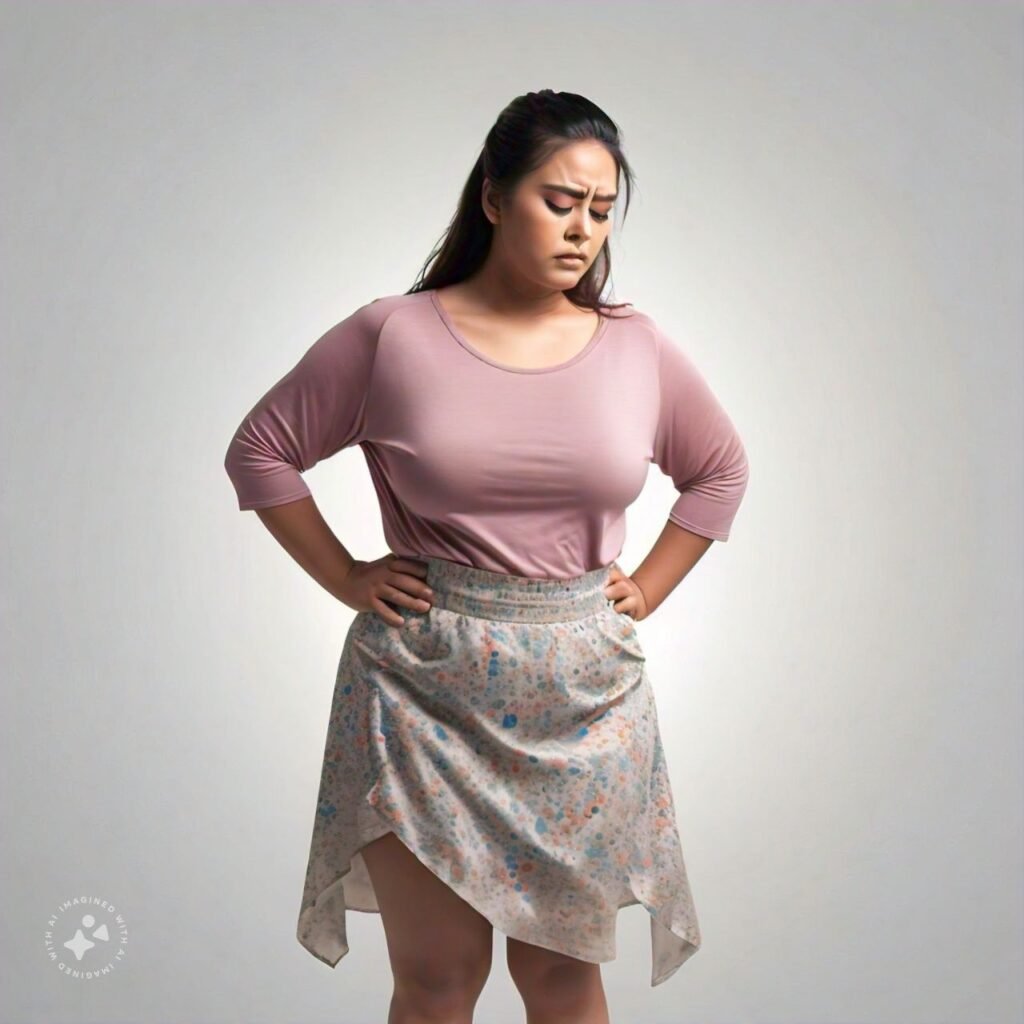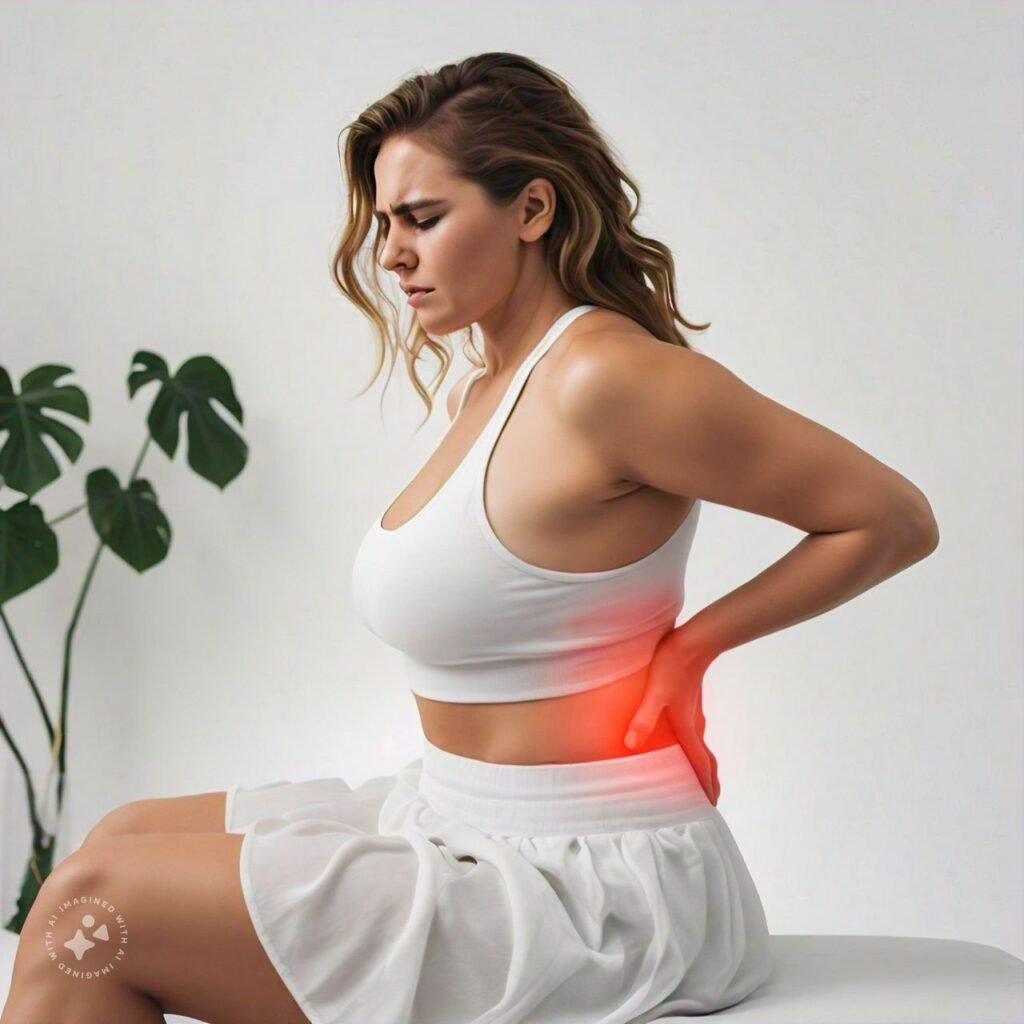Light therapy, specifically in the form of Low-Level Laser Therapy (LLLT) or Red Light Therapy (RLT), is increasingly being used for pain relief in various body parts. These therapies use specific wavelengths of light, particularly red or near-infrared light, to penetrate the skin and tissues, promoting healing and reducing pain. Here’s how it works for pain relief:
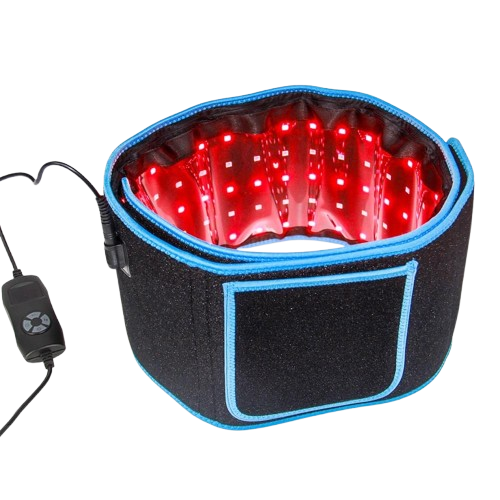


Mechanisms of Pain Relief:
Increased Cellular Energy (ATP Production):
Red and near-infrared light penetrate the skin and reach the mitochondria (the energy-producing centers) of cells. This increases the production of ATP (adenosine triphosphate), which is the energy source cells need for healing and repair. This can help reduce pain by accelerating tissue recovery and regeneration.

Reduction of Inflammation:
Light therapy can reduce inflammation by decreasing the levels of pro-inflammatory cytokines and enhancing the production of anti-inflammatory factors. This can help alleviate pain in conditions like arthritis, muscle strains, and joint injuries where inflammation is a major contributor.

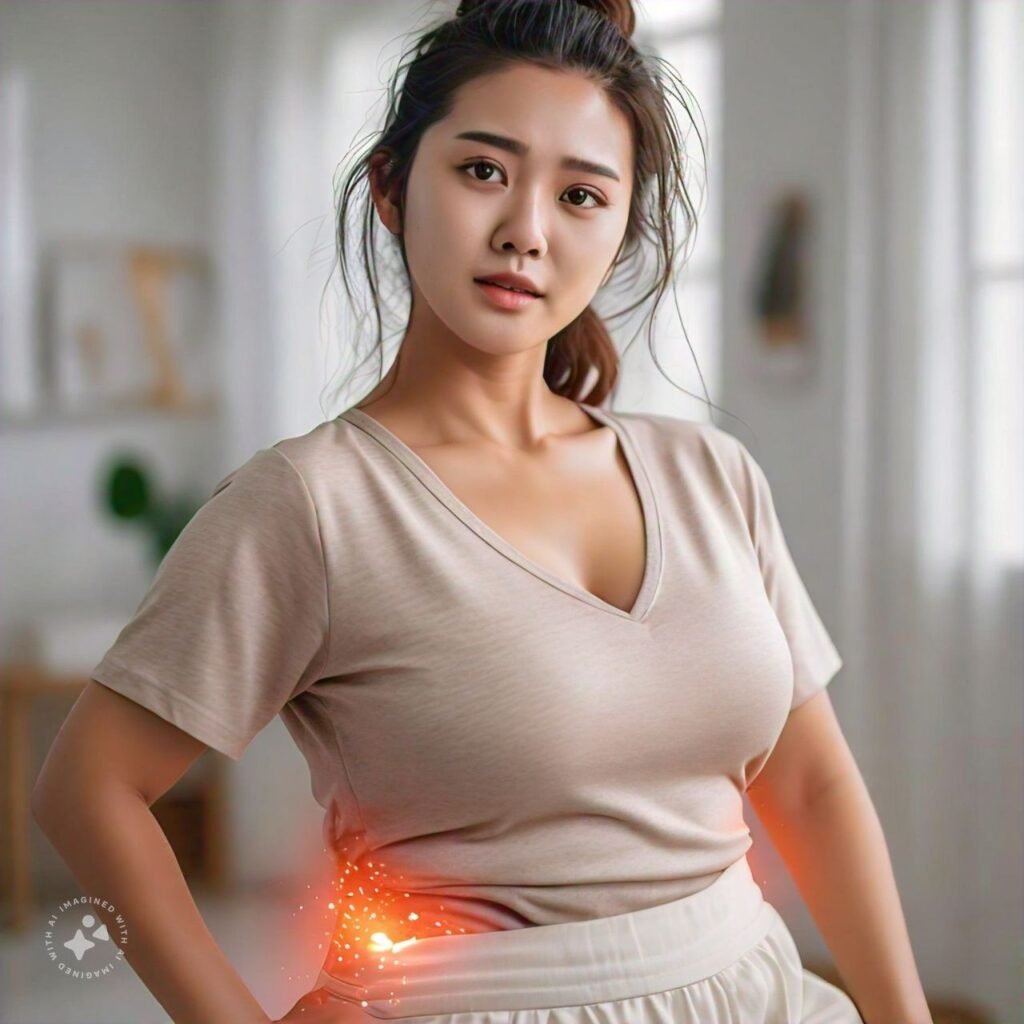

Improved Blood Circulation:
By dilating blood vessels and improving circulation, light therapy helps oxygenate tissues more efficiently and removes waste products from injured areas. Better circulation can reduce pain, stiffness, and swelling in affected body parts, especially in chronic pain conditions.

Stimulation of Collagen Production:
Red light therapy promotes collagen production, which helps heal damaged tissues, tendons, and ligaments. This can be beneficial in treating musculoskeletal pain caused by injury or degenerative conditions like tendonitis.

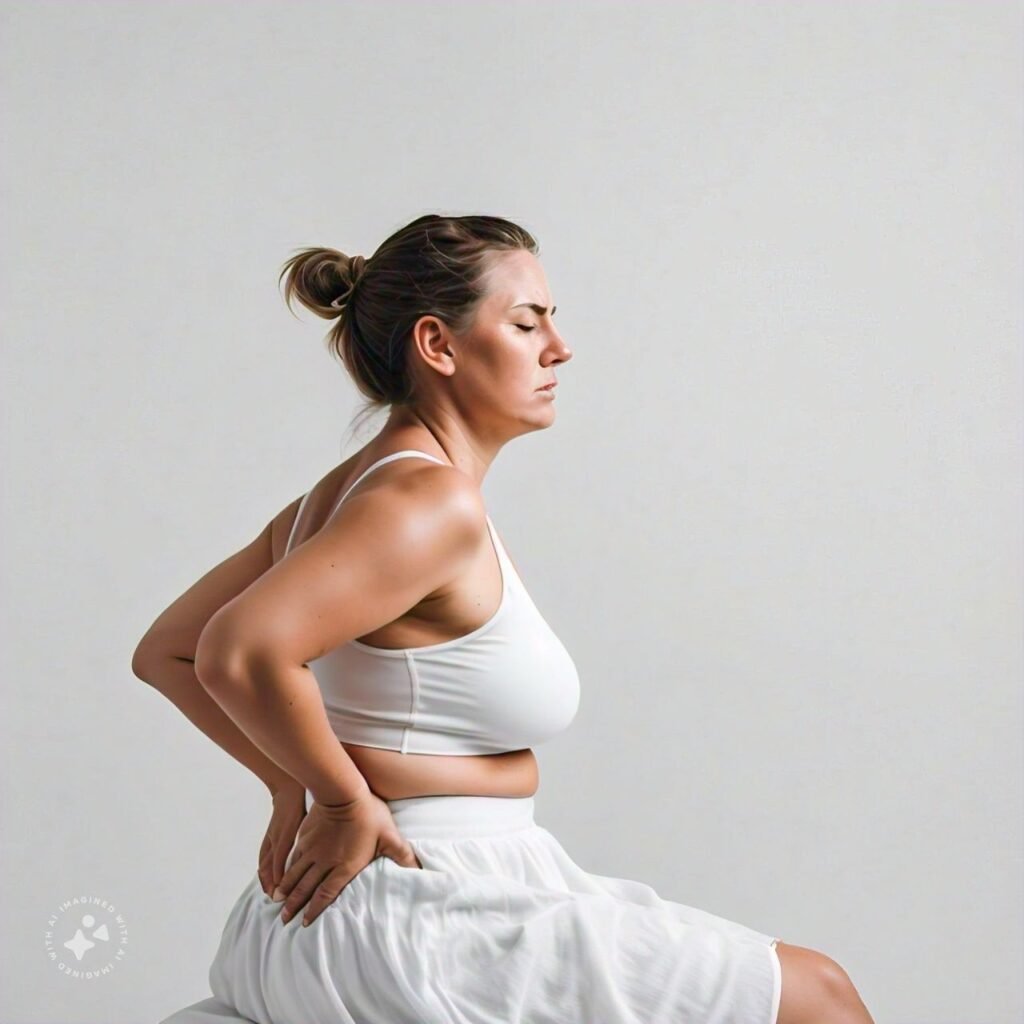

Reduction of Oxidative Stress:
Oxidative stress, caused by the buildup of free radicals, is linked to chronic pain and inflammation. Light therapy can reduce oxidative stress, which in turn helps relieve pain.



Tendonitis: Speeds up the healing of inflamed tendons and reduces pain.
Muscle Strains and Sports Injuries: Accelerates healing of sprains, strains, and muscle injuries by reducing inflammation and promoting tissue repair.
Neuropathy: Can help reduce pain associated with nerve damage or nerve dysfunction, like in diabetic neuropathy.



Application of Light Therapy:
Sessions usually last 10 to 20 minutes and may be done several times a week, depending on the condition and severity.
The therapy is typically administered through a light panel or handheld device that emits red or near-infrared light. The device is placed close to the skin over the painful area.

Benefits for Pain Relief:
Promotes healing while providing pain relief
Non-invasive and drug-free treatment
Minimal side effects, unlike medications or surgery
Can be used alongside other therapies, such as physical therapy



Potential Side Effects:
- Temporary redness or slight discomfort in the treated area
- Rarely, mild eye strain (protection for eyes is usually recommended)
Consulting with a healthcare provider before starting light therapy for pain relief is crucial, as they can determine the appropriate treatment plan based on the type and location of pain.

Additional Applications and Considerations:
Chronic Pain Management:
For chronic pain conditions like fibromyalgia, lower back pain, or chronic joint pain, red light therapy can serve as a long-term management strategy. Regular sessions may reduce reliance on pain medications and help improve overall quality of life. Patients often experience less pain after consistent use and improved mobility in affected areas.



Post-Surgical Pain Relief:
Light therapy is also used in post-operative settings to reduce inflammation and pain after surgery. For example, after knee replacement or spinal surgery, it can speed up tissue repair, reduce swelling, and provide relief from discomfort. By stimulating tissue regeneration, patients may also experience a shorter recovery period.

Muscle Recovery and Performance in Athletes:
In the context of sports injuries, red light therapy has gained attention for its role in muscle recovery. Athletes often use it to manage soreness, treat muscle strains, and even boost recovery after intense workouts. Light therapy can also reduce delayed onset muscle soreness (DOMS), a common issue after heavy physical activity.



Localized Pain Relief:
Knees and Joints: Devices with deeper penetration (using near-infrared wavelengths) are effective in reaching the joints, improving flexibility, and reducing arthritis-related pain.
Depending on the body part, the light therapy device might need adjustments in terms of intensity and duration. For example:

Neck and Shoulders: Light therapy is often used for muscle tension, neck pain, or shoulder strains. Devices that cover a larger area can provide widespread relief in these regions.
Hands and Feet (Neuropathy or Arthritis): Smaller handheld devices or targeted light panels can be used for neuropathic pain or conditions like carpal tunnel syndrome.



Tendonitis (e.g., Tennis Elbow): Inflammatory conditions like tendonitis are characterized by overuse injuries. Light therapy can be applied directly to the tendon to reduce inflammation and pain, enhancing mobility and flexibility.
Sciatica: For nerve-related pain like sciatica, red light therapy may help reduce inflammation around the sciatic nerve, relieving the sharp, radiating pain down the leg.



Home Devices for Pain Relief:
As technology evolves, portable and easy-to-use light therapy devices have become more widely available for home use. These devices allow individuals to perform treatments at home, targeting specific areas like the back, knees, or wrists. However, it is essential to ensure the device is of medical grade, as professional-grade equipment tends to be more effective than consumer-level products.

Combining Light Therapy with Other Treatments:
Light therapy can be combined with other therapies like physical therapy, massage, or medication for a comprehensive pain management approach. For example, combining light therapy with stretching exercises can enhance flexibility and recovery, especially in cases of muscle injuries or joint stiffness.



Light Therapy for Nerve Pain:
Nerve pain, such as diabetic neuropathy or nerve injuries, can be challenging to manage. Red light therapy is being studied for its ability to regenerate nerve cells and improve nerve function, potentially reducing pain and discomfort in conditions involving nerve damage.

Precautions and Safety:
While red light therapy is considered safe for most people, there are a few precautions to keep in mind:
Eye Protection: Red and infrared light can be intense, so wearing protective goggles is recommended during sessions.


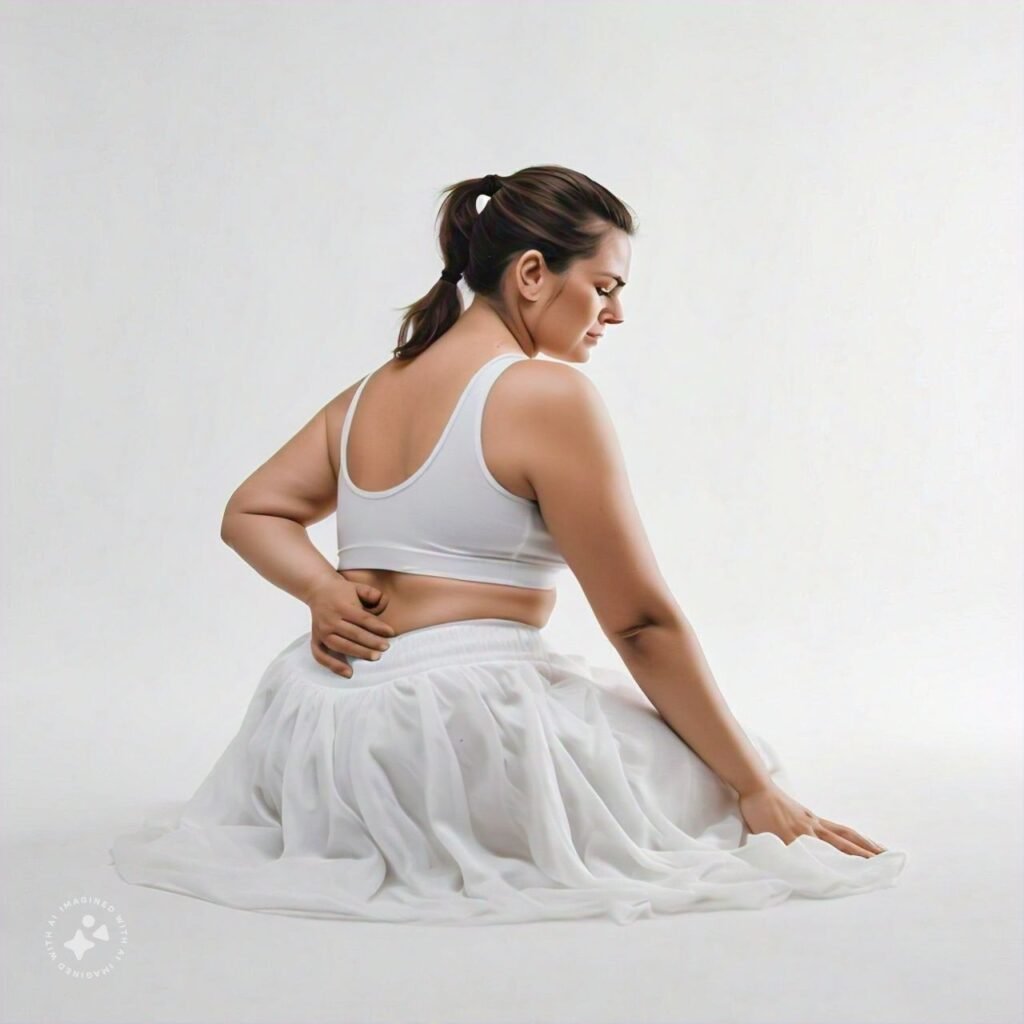
Skin Sensitivity: Individuals with highly sensitive skin or those prone to certain skin conditions should consult with a doctor before starting therapy.
Pacemaker or Electronic Implants: Some devices may not be suitable for individuals with pacemakers or other electronic implants, so it’s important to check with a healthcare professional before use.

Clinical Evidence:
Several studies have shown promising results for light therapy in pain relief:
Another study showed that patients with osteoarthritis experienced significant pain reduction and enhanced mobility after several weeks of red light therapy.
A meta-analysis on low-level laser therapy (LLLT) concluded that it significantly reduced pain and improved function in patients with chronic joint disorders.



Future of Light Therapy in Pain Management:
As research continues, light therapy is expected to play an even greater role in non-invasive pain management. Emerging technologies are focusing on combining light therapy with other treatment modalities and creating more advanced, accessible devices for both clinical and home use.

Light therapy offers an exciting alternative to medications and invasive procedures, making it an appealing option for those seeking natural pain relief. However, as with any treatment, it’s important to consult with a healthcare provider to determine the most effective approach for your specific condition.


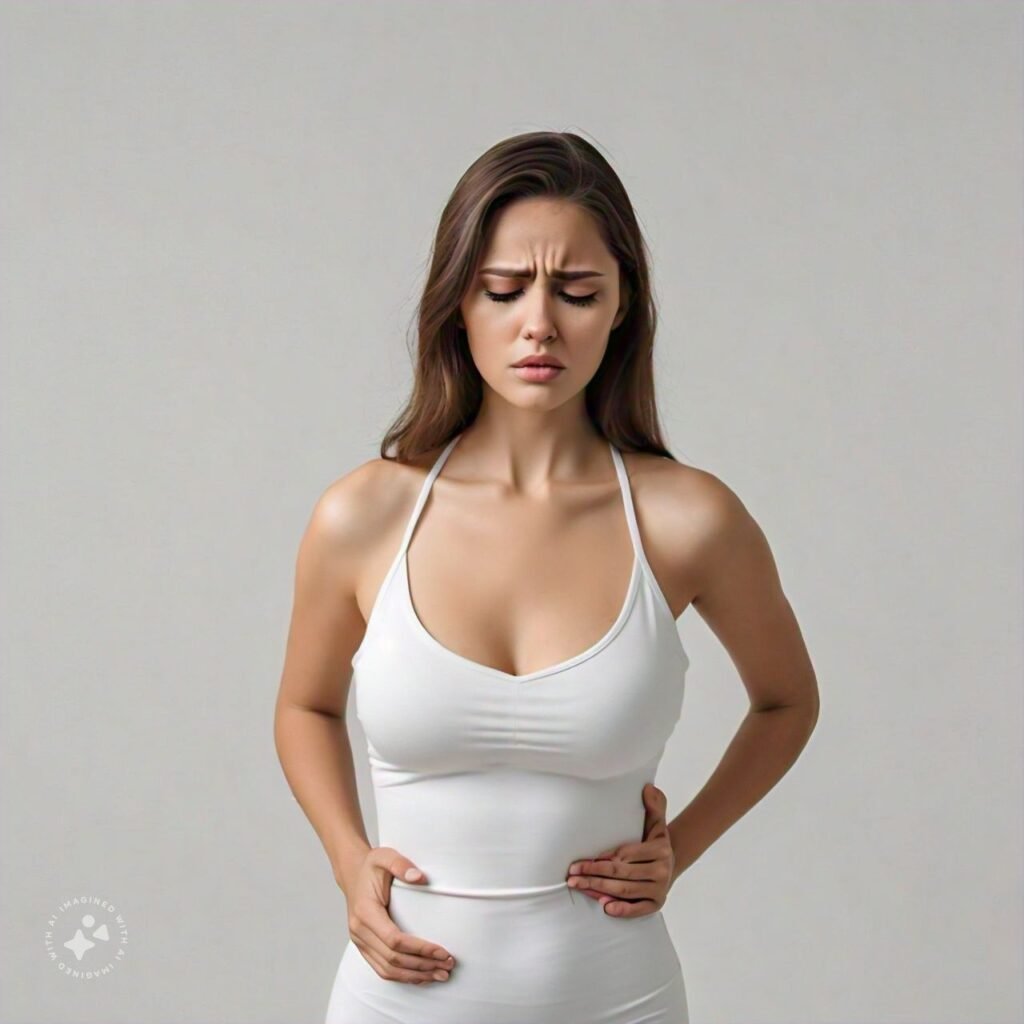
Type of Pain:
Chronic Pain (Long-term): Conditions like arthritis, sciatica, or fibromyalgia may require a more extended treatment plan. Relief is often gradual, but consistent therapy over weeks or months can lead to significant improvement.
Acute Pain (Short-term): Red light therapy may work faster for injuries such as sprains or muscle tears. Pain relief may be felt within a few sessions.



Session Duration and Frequency:
Typically, sessions last between 10 and 30 minutes. The frequency can range from daily use to a few sessions per week, depending on the condition and how quickly the individual responds to therapy. Many healthcare providers recommend beginning with shorter sessions and gradually increasing the time and frequency as the body adapts.



Combination with Other Modalities:
Physical Therapy: Light therapy can complement exercises aimed at improving range of motion or strengthening muscles, especially for joint pain and injuries.
For complex pain conditions, combining light therapy with other modalities can enhance results. Examples include:

Massage Therapy: Light therapy before or after a massage can boost muscle recovery by improving blood circulation and reducing stiffness.Heat or Cold Therapy: In some cases, alternating light therapy with heat or ice packs can provide greater relief, particularly for inflammation.

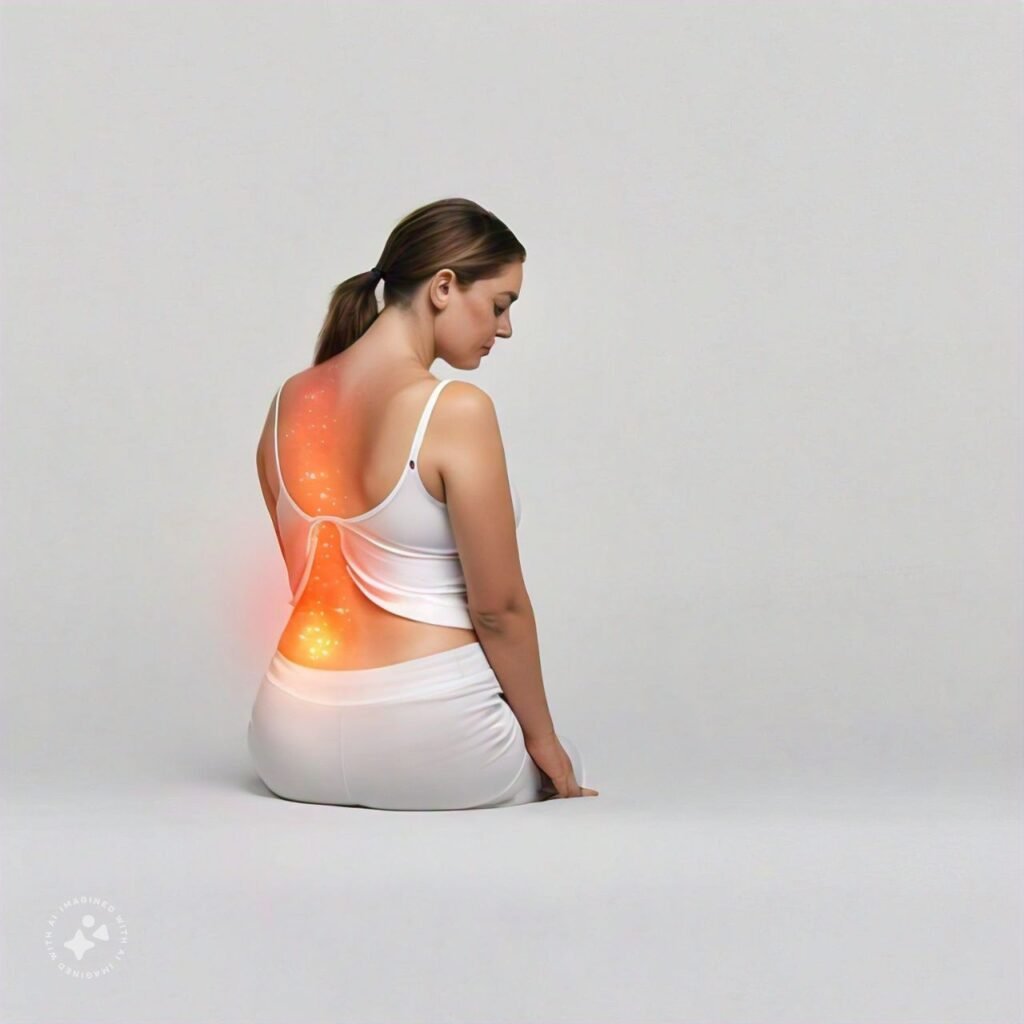

Advanced Light Therapy Techniques:
Pulsed Light Therapy: Some devices offer pulsed light therapy, where light is emitted in bursts instead of a continuous stream. Pulsed light is believed to penetrate deeper tissues and provide more intense pain relief for conditions like nerve pain or deep muscle injuries.



Targeted Light Therapy: In cases where pain is localized to specific areas (e.g., a wrist affected by carpal tunnel syndrome or a foot suffering from plantar fasciitis), targeted light therapy can focus directly on the affected region. This is especially useful for post-injury recovery or when dealing with smaller, more sensitive areas of the body.

Whole-Body Light Therapy: For individuals with widespread pain (e.g., fibromyalgia or chronic fatigue syndrome), some clinics and devices offer whole-body red light therapy beds. These beds allow patients to receive light therapy across larger areas of the body simultaneously, promoting systemic relief.



Who Should Avoid Light Therapy:
While light therapy is generally safe, it’s not suitable for everyone. Certain groups of people should take caution:
Individuals with Photosensitivity: Those who are sensitive to light or who take medications that cause photosensitivity (such as some antibiotics or acne treatments) should consult their doctor before undergoing light therapy.



Pregnant Women: There is limited research on the use of light therapy during pregnancy, so it is advisable for pregnant women to consult their healthcare provider before starting any treatment.
People with Certain Health Conditions: Individuals with a history of skin cancer, epilepsy (as bright light could potentially trigger seizures), or eye conditions sensitive to light should be cautious with light therapy and seek medical advice before beginning treatment.

Success Stories and Patient Testimonials:
Many patients who have undergone red light therapy report significant improvements in pain and quality of life, particularly in conditions like:
Osteoarthritis: Patients often report reduced joint pain and better mobility after several weeks of consistent therapy.



Lower Back Pain: Long-term sufferers of back pain have noted improvements in flexibility and reduced reliance on painkillers following light therapy treatments.Sports Injuries: Athletes recovering from muscle tears, sprains, or inflammation have shared that red light therapy accelerated their healing process, allowing them to return to their activities sooner.

Ongoing Research and Innovations:
The field of light therapy is rapidly evolving, with ongoing research into new wavelengths, combinations of therapies, and devices. Some areas of active study include:
New Wavelengths: While red and near-infrared light are the most studied, researchers are exploring the potential benefits of other wavelengths, such as blue and green light, for pain relief and other conditions.



Gene Expression Modulation: Early research suggests that light therapy may influence gene expression in ways that promote healing and reduce inflammation, opening the door to personalized treatments based on genetic profiles.
Neurological Conditions: Light therapy is being studied for its effects on nerve regeneration and repair, offering potential breakthroughs in conditions involving nerve damage or degeneration.

Light therapy is proving to be a versatile and effective tool for pain relief across a variety of conditions, from chronic joint pain and arthritis to acute injuries and muscle strains. Its non-invasive nature, minimal side effects, and potential to complement other treatments make it an appealing option for those looking to manage pain without heavy reliance on medications or invasive procedures.


